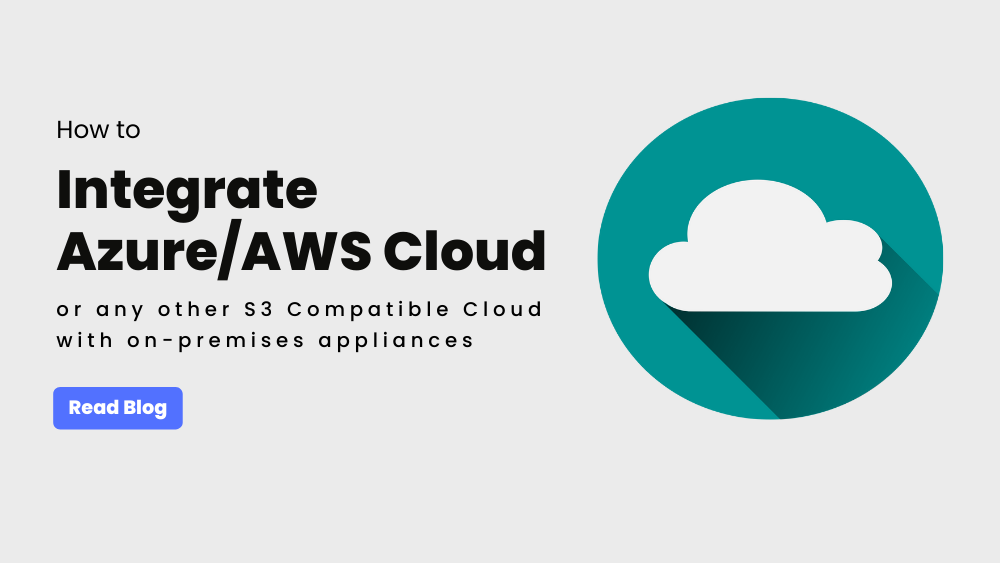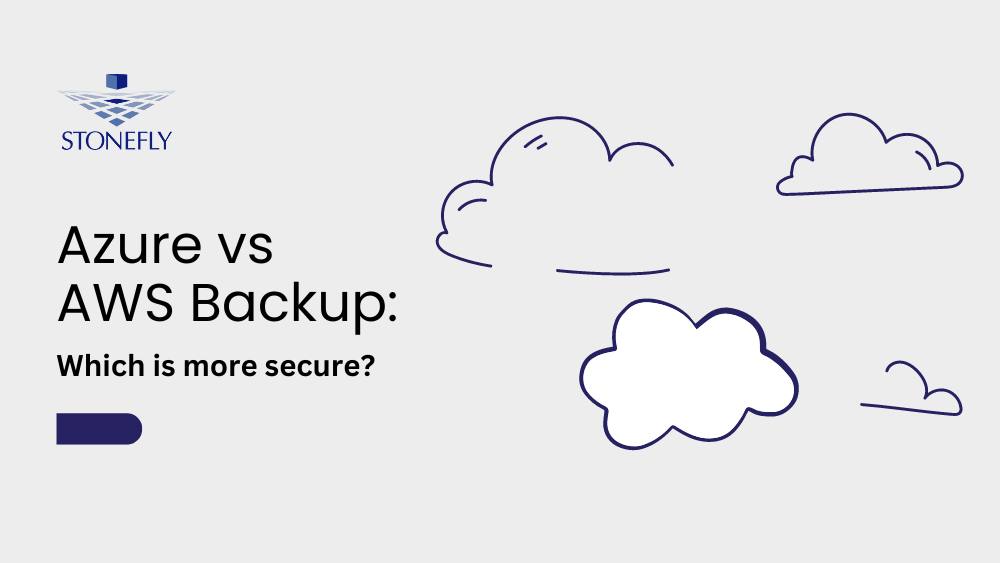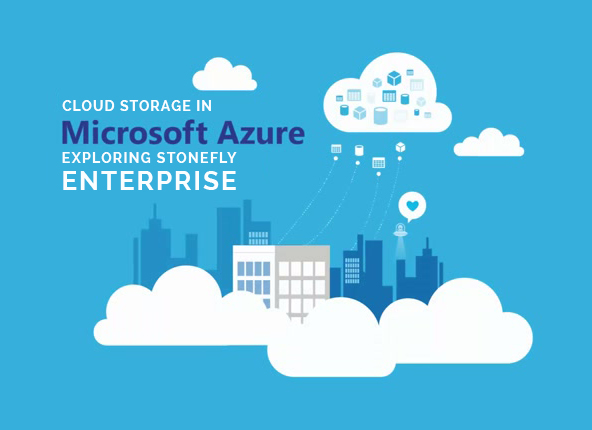Microsoft Azure Cloud Storage is a powerful and flexible storage solution that offers a range of benefits to businesses of all sizes. With Azure Cloud Storage, organizations can store and manage their data in a secure and scalable environment that is accessible from anywhere in the world. Whether you’re looking to store backup data, archive older files, or run data analytics, Azure Cloud Storage can provide the storage capabilities you need. In this article, we will explore the key features and benefits of Microsoft Azure Cloud Storage and how it can help businesses improve their storage management workflows.
As businesses generate more data than ever before, the need for robust and reliable storage solutions has become increasingly important. Azure Cloud Storage provides a cost-effective and scalable storage solution that can meet the needs of organizations of all sizes. By leveraging the power of the cloud, businesses can access their data from anywhere, at any time, and have the peace of mind that their data is secure and backed up.
Overview of Microsoft Azure Cloud Storage
Microsoft Azure Cloud consists of three main components. The first is something called the fabric. The fabric is the abstract set of compute resources in the data center. Inside are many computers running virtual machines running Windows.
The second component is the storage service. The Azure Cloud Storage service is there to help your application manage all of its data in a reliable and scalable way. The third component is the developer experience.
Microsoft Azure Cloud packages all of this. The fabric, the storage, all of the API’s in the cloud. It adds some integration with visual studio and it delivers it to you in the form of an SDK that you can download for free and run on your desktop. This means you can develop and test your application locally before you deploy to the cloud.
Features of Microsoft Azure Cloud Storage
Microsoft Azure offers a variety of storage services, including Blob Storage, File Storage, Queue Storage, and Table Storage. Each service is designed to meet specific storage needs, such as object storage, file sharing, message queuing, and NoSQL data storage.
One of the key advantages of using Azure Storage Services is its flexibility and scalability. Users can easily scale their storage capacity up or down as needed and only pay for the storage they use. Azure Storage also provides data redundancy and replication options, ensuring data is protected and available even in the event of a hardware failure.
In addition, Azure Storage offers high availability and resiliency features to help ensure that your data is always accessible and protected against unexpected failures. With built-in geo-replication, Azure Storage automatically replicates your data to multiple regions, providing redundancy and data resiliency. This means that your applications can continue to operate with minimal disruption even in the event of a disaster or service outage.
Overall, Microsoft Azure Cloud Storage offers a range of features that make it a great choice for businesses of all sizes. Whether you need to store large amounts of data, ensure data protection and availability, or provide disaster recovery capabilities, Azure Storage Services have you covered.
Pricing Models for Azure Cloud Storage: Which One Fits Your Business Needs and Budget
Microsoft Azure Cloud Storage offers a variety of pricing models to choose from, enabling businesses to select the most suitable option for their storage needs. The pricing models are based on the amount of data stored, transactions performed, data access, and data egress.
Azure Storage Services offer both pay-as-you-go pricing and subscription-based pricing. With pay-as-you-go pricing, users are only charged for the amount of storage they use and the number of transactions they perform. Subscription-based pricing provides users with a more predictable pricing structure with discounts for longer-term commitments.
Here’s an overview of the current pricing for some of the Azure Storage Services:
- Azure Blob Storage: starts at $0.0184 per GB per month for hot storage and $0.002 per GB per month for cool storage
- Azure File Storage: starts at $0.06 per GB per month
- Azure Queue Storage: starts at $0.00005 per 10,000 operations
- Azure Table Storage: starts at $0.25 per GB per month
It’s important to note that the actual cost of using Azure Cloud Storage can vary based on several factors, including data redundancy options, network egress charges, and data transfer costs. However, Microsoft provides a pricing calculator tool to help businesses estimate their monthly costs for using Azure Cloud Storage.
When compared to other cloud storage solutions, Azure Cloud Storage offers competitive pricing with cost-effective storage options. Additionally, Azure Storage Services provide value-added features such as data encryption, data protection, and disaster recovery at no additional cost.
By selecting the most appropriate pricing model and storage option for their business needs, organizations can effectively manage their Azure Cloud Storage costs and maximize their return on investment.
Securing Your Data with Azure Backup and Archive Storage
When it comes to data protection and long-term retention, Azure offers Backup and Archive Storage options. Azure Backup is a reliable and cost-effective solution for backing up your on-premises and cloud data to the cloud. It allows you to protect your data from accidental deletion, corruption, or ransomware attacks. Azure Backup supports a wide range of workloads, including virtual machines, SQL databases, SharePoint, and more.
On the other hand, Azure Archive Storage is designed for infrequently accessed data that needs to be stored for a long time, typically years or even decades. It provides a low-cost storage solution for data archiving and compliance, with multiple redundancy options to ensure data durability. Azure Archive Storage is ideal for organizations that need to retain large amounts of data for legal or regulatory reasons, such as healthcare, finance, and government.
With Azure Backup and Archive Storage, you can have peace of mind knowing that your data is safe and accessible whenever you need it.
Azure Backup and Archive Storage pricing varies based on factors such as storage size, redundancy options, and data retrieval frequency. You can estimate the costs using the Azure pricing calculator and choose the option that best fits your needs.
How StoneFly Storage Enhances Azure Backup and Archive Storage
While Azure Backup and Archive Storage offer reliable solutions for businesses to store and protect their data, it’s important to note that not all backup and storage options are created equal. One crucial factor to consider is the inclusion of air-gapped backups and immutability, which provide an added layer of security and protection against data loss or tampering.
Unfortunately, Azure Backup does not include air-gapped backups and immutability features. However, businesses can consider using StoneFly storage solutions available on the Azure Marketplace, which do include these critical features.
Air-gapped backups ensure that backups are isolated from the primary network, protecting them against cyber threats and unauthorized access. Immutability ensures that once data is written, it cannot be modified or deleted, providing protection against accidental or malicious alteration. These features are particularly important for businesses dealing with sensitive or regulated data.
Ready to experience the peace of mind that comes with air-gapped and immutable storage in Microsoft Azure? Try StoneFly cloud storage for free today by visiting the Azure marketplace!
Understanding Azure NAS Storage: Features, Use Cases, and Benefits
Azure File Storage and NAS provide highly available, scalable, and durable storage for organizations. With Azure File Storage, users can store and share files in the cloud using standard Server Message Block (SMB) protocol. Azure NAS, on the other hand, provides a fully-managed Network Attached Storage (NAS) service.
How Azure File Storage and NAS Work
Azure File Storage and NAS work by storing files in Azure Storage accounts. Users can access these files through a secure network connection using standard SMB or NFS (Network File System) protocol. Azure File Storage and NAS are designed to work seamlessly with existing applications, allowing users to mount file shares from the cloud onto Windows, Linux, or macOS operating systems.
Comparison with Other Cloud File Storage Solutions
Compared to other cloud file storage solutions, Azure File Storage and NAS offer a number of advantages. Unlike traditional on-premises file storage solutions, Azure File Storage and NAS provide highly scalable and elastic storage capacity. Additionally, they offer built-in redundancy and disaster recovery capabilities, making them a reliable choice for business continuity.
Use Cases for Azure File Storage and NAS
Azure File Storage and NAS can be used for a wide range of scenarios, including:
- Lift and shift of existing applications to the cloud
- Backup and archiving of data
- Sharing of files across multiple locations
- Serving as a central file share for virtual machines running in Azure
Scaling with Microsoft Azure Cloud Storage
If you’re like most application owners, you’re hoping that your application scales in the cloud as you go. If you have to pay up front for the resources you were going to use at the peak, you’d be wasting a lot of resources that you don’t need.
Microsoft Azure Cloud takes a different approach and this model should be familiar to you because you use it each and every day when you turn on the lights in your house. The electricity goes into your home is a utility and utility means that you pay for it only when you use it. When you turn on the electricity you start paying and as soon as you turn it off you stop.
With Azure Cloud Storage Pay only for What You Need When Need it
If we apply that same notion to the computing resources in our data centers we arrive at the Microsoft Azure Cloud model. The utility model where you pay for only what you need in only when you use it. With that model you can stop worrying about where your peak is. You can stop paying for things up front and you can save a lot of money.
Conclusion
In conclusion, Microsoft Azure Cloud Storage offers numerous benefits and features that make it a reliable and cost-effective storage solution for businesses of all sizes. With its various storage options, including Blob Storage, File Storage, Queue Storage, Table Storage, Backup and Archive Storage, and NAS Storage, Azure provides businesses with the flexibility and scalability they need to store, manage, and protect their data.
One of the primary advantages of using Azure Cloud Storage is its cost-effectiveness. Azure offers various pricing models, including pay-as-you-go, reserved capacity, and volume discounts, allowing businesses to choose the pricing plan that best fits their needs and budget. Moreover, Azure’s pricing is competitive with other cloud storage solutions in the market.
In summary, businesses looking for a reliable and cost-effective storage solution should consider Microsoft Azure Cloud Storage. With its various storage options, competitive pricing, and high availability and disaster recovery capabilities, Azure can help businesses store, manage, and protect their data more efficiently and effectively.










